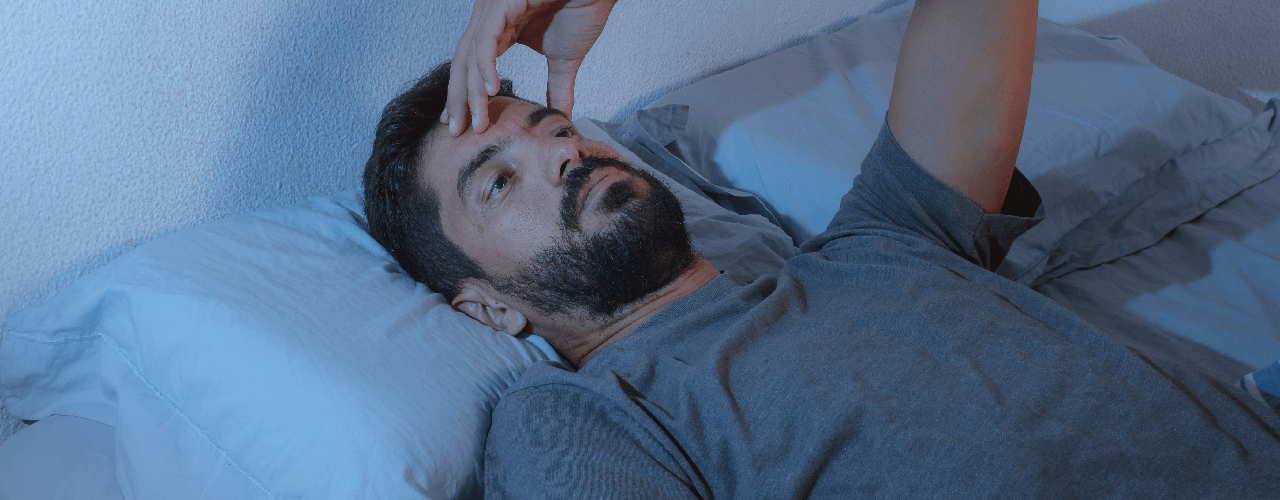Sleeping periods should not raise concerns, but, for many of us, sleep disorders are a nightmare! Untreated sleep apnea paves the way for a number of diseases, such as diabetes for instance.
Do you know what Apnea is? Let me tell you: Obstructive Sleep Apnea Syndrome (OSAS) is a widespread disease characterized by upper airways obstruction during sleep, usually accompanied by a drop in blood oxygen saturation, followed by a transient arousal from sleep to breathe. Its main manifestations during sleep include loud and frequent snoring, pauses in breathing, fragmentation of sleep, all of which entail incapacitating daytime problems such as excessive daytime sleepiness, cognitive disturbances and morning headaches.
Let’s discuss this disease and see how it relates with diabetes. If you still have questions about Apnea, keep reading!
According to the article Diabetes e Apneia: saiba qual é a relação (Understanding the Relationship Between Diabetes and Apnea) published at http://www.maisequilibrio.com.br/, American scientists found a connection between pre-diabetes and this sleep disorder. Sleep apnea was shown to potentially affect diabetes control in many ways. During sleep, in an attempt to take in oxygen through breathing, the body releases stress hormones that can lead to higher levels of blood glucose. If no corrective measures are taken, we can develop diabetes. Apnea patients usually eat more often during the day to ward off sleepiness. Moreover, the body is more tired than normal and, as a consequence, not able to exercise. This combination of higher food intake and lower physical activities leads to uncontrolled diabetes.
In the article Apneia do Sono, Insulino-resistência e Diabetes Mellitus Tipo 2 (Sleep Apnea, Insulin resistance and Type 2 Diabetes Mellitus), published by Revista Portuguesa de Diabetes in 2008 at http://www.revportdiabetes.com/, authors point out that “Currently, type 2 diabetes mellitus is recognized as a global epidemic, which is not yet the case for ventilatory sleep disturbances. Sleep apnea is associated with considerable risks for morbidity and mortality. A number of studies point to a causal relationship between apnea and hypertension, diabetes mellitus, and cardiovascular disease.”
Moreover, “Type 2 diabetes mellitus and obstructive sleep apnea are both highly prevalent conditions that often coexist. There is a high prevalence of sleep apnea in patients with moderate hyperglycemia and type 2 diabetes mellitus and vice-versa. At the same time, there is an association between, on the one hand, sleep apnea and hypertension and, on the other hand, cardiovascular disease. One explanation for these facts is their shared risk factors, such as obesity, although recent studies show an association between the aforementioned conditions in the absence of overweight as well.”
What should we do? First, we have to understand that poor sleep is not normal!
Here is what we should do: in case you suspect you might have a sleep disorder, seek medical assistance. Your specialist physician will request sleep-monitoring tests.
To this end, one option is Sleep Apnea Digital Monitoring (SADM), the Biologix Sleep Test. It is a test you can conduct at home -simple, convenient, and effective, with no need to sleep at a sleep lab. Before going to sleep for the night, just place the Oxistar sensor, which is a high performance oximeter, on your finger and start the test using the Biologix App. Upon waking up, click on “end test” to get the result in a few seconds by e-mail.
This diagnosis can also be established by means of a more complex test called Polysomnography. In this case, patients are required to sleep for one night at a sleep lab, where they are monitored using sensors that record the passage of air through nose and mouth, blood oxygenation, heart rate, brain activity, as well as chest and limb movements.
What is the appropriate treatment?
Diabetes should usually be treated by controlling blood sugar levels through diet, physical activities, oral medication, or insulin injections. Regular testing is also necessary to check for complications.
For sleep apnea, in turn, treatment depends on the level of this syndrome. For mild apnea, measures such as losing weight, reducing evening alcohol intake, and changing sleep habits, and/or using an intraoral device, which allows mandibular advancement, should be enough.
In moderate to severe syndromes, CPAP -Continuous Positive Airway Pressure- is generally indicated, as it provides an air flow that keeps patients’ airways open.
A few upper airways surgical options are also available, evaluated on a case-by-case basis.
DISCLAIMER: The information contained in this blog aims at assisting you in your education and is not intended to be construed in any manner as medical advice. Only physicians and dentists can diagnose diseases and prescribe treatments and medication. Thank you for visiting our website.




